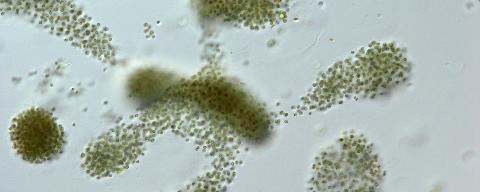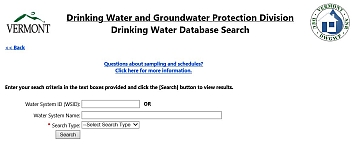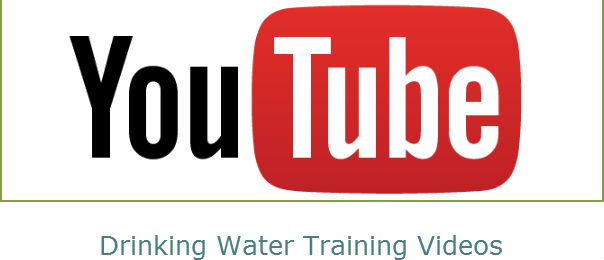What are Cyanobacteria?
Cyanobacteria, also referred to as blue-green algae, naturally occur in Lake Champlain and other Vermont surface waters. At low levels, these photosynthetic bacteria are harmless and play an important role in aquatic ecosystems. However, when conditions are just right, cyanobacteria can multiply rapidly and form cyanobacterial blooms, which may resemble pea soup or create a paint-like sheen on the surface of the water. Blooms are more likely to form in waters with high levels of nutrients like phosphorus and nitrogen, and they are most common in the warm waters of late summer and early fall. Some species of cyanobacteria are capable of producing toxins, called cyanotoxins, which can be harmful to humans and animals.
Cyanobacteria in Drinking Water
Exposure to cyanotoxins through drinking water can pose health risks to people and their pets. Health effects of cyanotoxin ingestion can include fever, headache, numbness, fatigue, abdominal pain, vomiting, and diarrhea. To address these risks, the Vermont Department of Health has issued drinking water health advisory levels for three common cyanotoxins: anatoxin-a, microcystin, and cylindrospermopsin.
In addition to producing toxins, cyanobacteria can create other treatment challenges for public surface water systems, including taste and odor problems, clogged filters, altered water chemistry, and disinfection byproduct formation. A drinking water system can reduce the public health risks of cyanobacteria through proactive management steps including monitoring for cyanotoxins, optimizing treatment, and developing an effective emergency response plan.
Cyanotoxin Monitoring
The Vermont Drinking Water and Groundwater Protection Division (DWGPD) provides no-cost, voluntary cyanotoxin monitoring from July to early November for public drinking water systems across the state. DWGPD has also established a cyanotoxin response protocol to be implemented in the event that microcystin, a common cyanotoxin and potent liver toxin, is detected at or above the Vermont health advisory level in public drinking water.
For more information, contact Kate Warner at katelynn.warner@vermont.gov or (802) 261-5872.




